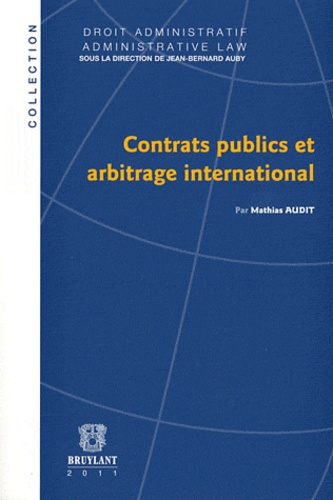On July 22, 2011, the U.S. Bankruptcy Court for the Southern District of New York held in In re Dr. Jürgen Toft, Debtor in a Foreign Proceeding that a German Mail Interception Order issued in the context of German insolvency proceedings violates U.S. public policy and would thus be denied recognition.
Dr. Jürgen Toft is an orthopedic surgeon who assertedly has debts exceeding 5.6 million euros ($7.6 million) owed to approximately 110 creditors. Insolvency proceedings were initiated against him in Munich on June 10, 2010, but Toft refused to cooperate with the German trustee and allegedly secreted his assets outside of Europe. On July 8, 2010, the German Court entered a “Mail Interception Order” authorizing the German trustee to intercept Toft’s postal and electronic mail.
London
Having received information that Toft might have relocated to London, the trustee initiated a proceeding on January 28, 2011 in England. The English High Court of Justice issued an ex parte order on February 16, 2011, which granted recognition and enforcement to the German Mail Interception Order. It seems that a public policy defense was rejected on the grounds that Toft could have appealed the July order in Germany, but had not, and that § 371 of the 1986 English Insolvency Act provided a similar remedy.
New York
The German trustee then sought to enforce ex parte both the German and the English orders in the United States. The trustee requested that no notice be given to the debtor both before and after the U.S. court would agree to enforce the foreign orders so that the trustee could continue to investigate the affairs of a debtor whose intransigence, obstructionism, and evasive tactics have allegedly thwarted the German insolvency proceeding.
The point of the enforcement proceedings was to access servers located in the United States. The trustee requested that the US court compel the ISPs, AOL, Inc. and 1 & 1 Mail & Media, Inc., to disclose to the trustee all of the debtor’s e-mails currently stored on their servers and to deliver to the trustee copies of all e-mails received by the debtor in the future.
The United States has adopted the UNCITRAL Model Law on Cross–Border Insolvency in 2005 as the Chapter 15 of its Bankruptcy Code, including its article 6 providing for a public policy exception (§ 1506 of the Bankruptcy Code). The Court denied recognition to the foreign orders as manifestly contrary to U.S. public policy.
The U.S. Court first examined U.S. privacy law and concluded:
the relief sought by the Foreign Representative is banned under U.S. law, and it would seemingly result in criminal liability under the Wiretap Act and the Privacy Act for those who carried it out. The relief sought would directly compromise privacy rights subject to a comprehensive scheme of statutory protection, available to aliens, built on constitutional safeguards incorporated in the Fourth Amendment as well as the constitutions of many States. Such relief “would impinge severely a U.S. constitutional or statutory right.”
The Court then insisted that, contrary to the allegation of the German trustee, a U.S. trustee would not enjoy such power in U.S. insolvency proceedings.
The Court finally concluded:
This is one of the rare cases in which an order of recognition on the terms requested would be manifestly contrary to U.S. public policy, reflected in rights that are based on fundamental principles of protecting the secrecy of electronic communications, limiting the powers of an estate representative, and providing notice to parties whose rights are affected by a court order. The motion of the Foreign Representative for ex parte relief is therefore denied.

 A new
A new The fourth issue of French Journal du droit international (Clunet) for 2011 was just released. It contains five articles and several casenotes. A table of content is accessible
The fourth issue of French Journal du droit international (Clunet) for 2011 was just released. It contains five articles and several casenotes. A table of content is accessible 